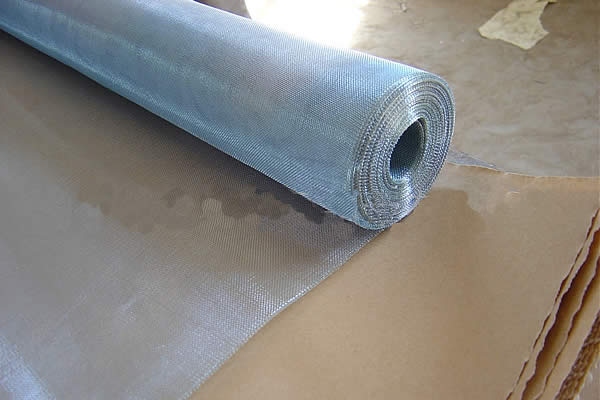 TEL:
+86-13102802206
TEL:
+86-13102802206
 Email:
fencenetting@china.com
Email:
fencenetting@china.com
 Language
Language
 TEL:
+86-13102802206
TEL:
+86-13102802206
 Email:
fencenetting@china.com
Email:
fencenetting@china.com
 Language
Language


Understanding Welded Wire Mesh Pricing Factors and Insights
Welded wire mesh, often referred to as weld mesh, is a versatile material used in a variety of applications ranging from construction to agriculture. Its design, comprising a series of intersecting wires that are electrically welded at their intersections, provides strength and stability, making it an essential material in various industries. However, the price of welded wire mesh can vary significantly based on a multitude of factors. Understanding these can help consumers and businesses make informed purchasing decisions.
Key Factors Influencing Welded Wire Mesh Pricing
1. Material Quality The type of wire used in the production of welded mesh greatly impacts its cost. Stainless steel, for instance, is generally more expensive than mild steel due to its corrosion resistance and durability. Similarly, galvanized wire, which is coated to prevent rust, will often carry a higher price tag than uncoated options. Consumers must assess their specific needs— for example, if the mesh will be used in a humid environment, investing in higher-quality materials can be more cost-effective in the long run.
2. Wire Thickness and Mesh Size The diameter of the wire and the sizing of the mesh openings influence both the strength and the price of the material. Thicker wires and smaller openings typically lead to higher prices due to the increased amount of material used and the greater potential for structural integrity. Depending on the intended application—be it fencing, reinforcement, or animal enclosures—buyers should consider the balance between cost and performance.
3. Manufacturing Processes The production method can also affect pricing. Welded wire mesh can be produced in various forms, including sheets and rolls, with different finishing techniques such as powder coating or additional galvanization. More complex manufacturing processes naturally incur higher production costs, which are reflected in the price. Therefore, understanding the intricacies of production can help buyers gauge whether a particular price is justified.
4. Market Demand and Supply Dynamics Like many commodities, the prices of welded wire mesh can fluctuate based on market trends. Periods of high demand, such as during construction booms, may lead to increased prices. Conversely, surplus supply can drive prices down. It's crucial for potential buyers to stay informed about market conditions and trends to time their purchases effectively.

5. Transportation and Location The cost of transporting welded wire mesh can vary based on the distance from the manufacturer to the buyer, as well as regional economic factors. In some cases, local suppliers may offer more competitive pricing due to lower shipping costs, while in other cases, it might be more economical to purchase from distant manufacturers with lower base prices.
Additional Considerations
When evaluating welded wire mesh prices, it’s essential not just to consider cost but also the value provided. A cheaper product may not always meet long-term needs, leading to replacement costs that can exceed the initial savings. Conversely, investing in higher-quality welded wire mesh can provide durability and reliability that pays off over time.
Additionally, consumers should also look for reputable suppliers who offer warranties or guarantees on their products. This can be a significant indicator of product quality and company reliability, thus providing further assurance on the value of the investment.
Conclusion
In conclusion, welded wire mesh is an essential material with a pricing structure influenced by a variety of factors including material quality, wire thickness, manufacturing processes, market conditions, and transportation costs. By being aware of these aspects, buyers can make more informed decisions, ensuring they select the right type of mesh for their specific needs at a fair price. As the industry evolves, staying updated on trends and innovations can further aid in navigating welded wire mesh purchases effectively.